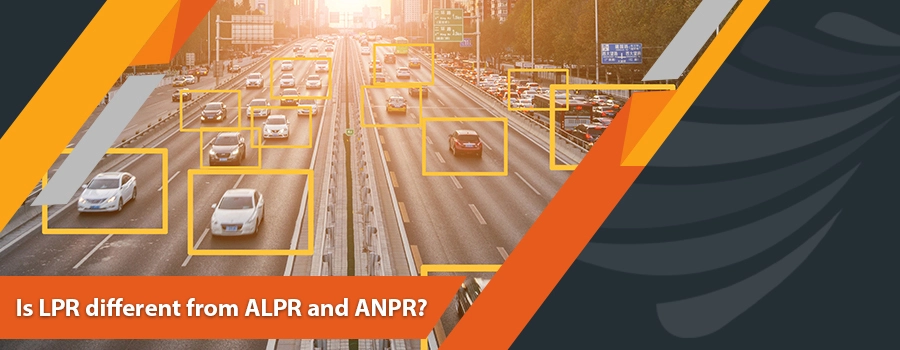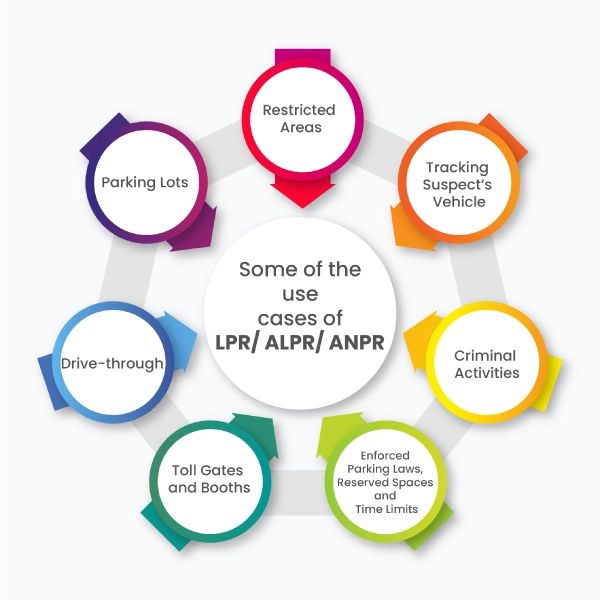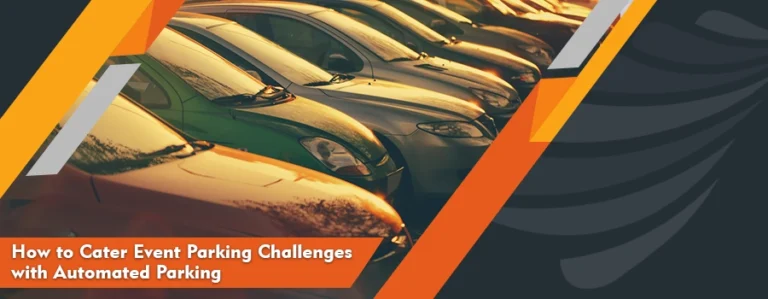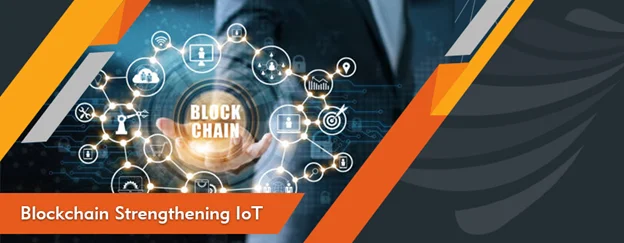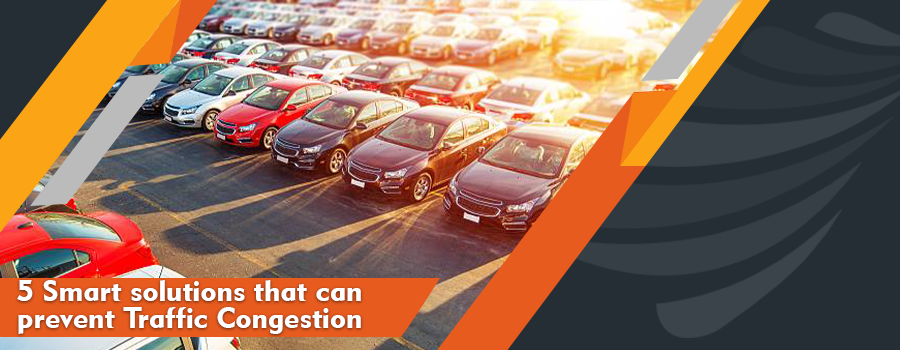In recent years, video security has gained immense popularity. With new and advanced technologies such as Artificial Intelligence (AI) and Machine Learning (ML), new capabilities of video surveillance have been unlocked. One of the most important features of a video security or surveillance system is License Plate Recognition (LPR). LPR is used to detect and read vehicle registration plates with the help of Optical Character Recognition (OCR) to extract the important data associated with the license plate of the specific vehicle. This feature is highly in-demand because it has the ability to read the license plate and identify any vehicle on the scene.
The vehicle detection system based on the license plate is generally referred to as the LPR, but in the industry, different terms are also used for this technology. For instance, the interchangeable terms for LPR are Automatic License Plate Recognition (ALPR) and Automatic Number Plate Recognition (ANPR). However, the majority of the time the LPR, ALPR, and ANPR are considered different technologies. In reality, all of the aforementioned terms mean the same thing.
Generally, normal CCTV cameras are incapable of capturing the license plate of the vehicle because of the reflective license plate material, darkness at night, fog, and car speed. However, LPR cameras have the ability to deal with the aforementioned challenges and detect the license plate with accuracy. Nowadays, LPR functions can easily be integrated with standard surveillance cameras due to additional computing power and better sensor. This helps the patrolling officers in checking the status and authority of the vehicle parked in a specific area immediately.
Sometimes, the term ANPR is recognized as software linked to the LPR cameras to spot alphanumeric characters present on the license plate, store the data and analyze it to match it up against the list on license plates present in the database records. LPR and ANPR are sometimes differentiated in terms of hardware and software. The former is considered as hardware and the latter as software, but it depends upon different providers as to how they may characterize their products as the difference in the meaning of both the terms is negligible. ANPR and LPR can be used interchangeably as they both have the same context. Hence, the answer to the question “Is LPR different from ALPR and ANPR?” is that these are just different terminologies used for productization and generally mean the same thing.
With the increasing demand for such systems, Conure has also developed an LPR system, “OLIOS” which reduces stress and burden on the patrolling officers who perform the tedious job of verifying the status and authorization of the parked vehicles manually. The use cases of LPR systems are given below.
Some of the use cases of LPR/ ALPR/ ANPR
Parking Lots
The most important use of LPR is in the parking lot. This is where the majority of the vehicles arrive on daily basis. With the help of LPR, patrolling officers can check the status and authority of the vehicles in the parking lots easily. Designated parking lots also required LPR to monitor the area and ensure that only vehicles with legal or authorized license plates have been parked in an area. This is useful for residential parking, hospitals, universities, airports and corporate parking areas.
Drive-through
Camera-based surveillance system is important for the businesses that deal with the drive-through. In case of any incident, LPR cameras can detect the license plate and store it so that the authorities can have plenty of data to analyze and investigate the incident properly.
Toll Gates and Booths
These are the places where video security should be in place. Having ALPR systems at toll gates and booths will make things easier and safer along with giving the officers the ability to understand the problem. Municipalities and state officials also use LPR technology to identify parking and traffic violations and automate the process of fixing the situation immediately.
Restricted Areas
Restricted areas require a high level of security and in case of any incident, the authorities must have maximum data of the location. LPR cameras can enable authorities to know about the vehicles parked on-site, the time vehicle left or arrived, time spent on the location and if it represents any suspicious activity. This vehicle detection will ease the investigation process.
Tracking Suspect’s Vehicle
Plate number recognition holds the potential to track and determine the location of the potentially dangerous vehicle. This may include kidnapper’s vehicle, stolen vehicle or any other vehicle which might be a threat to the public.
Criminal Activities
Vehicles can be involved in different crime scenes, such as murder, drug trafficking or robbery etc. Every business or municipality looks out for these kinds of threats and the LPR technology can enable the authorities to access the real-time location of the criminals that are trying to get away in the car.
Enforced Parking Laws, Reserved Spaces and Time Limits
The parking lots which are nearby other businesses and relatively open are exposed to public abuse or non-adherence to posted restrictions. Monitoring such areas can be wasteful or resource-intensive. However, with the help of LPR, this process can be made automated and hassle-free. For instance, an ALPR system can immediately generate alerts when the spot reserved for employees is taken by any unauthorized user.
In a Nutshell…
LPR is an AI-driven technology that goes by several names, but the terminology does not matter as the LPR system has proven itself to be the most powerful tool for authorities that should be incorporated into a video surveillance system. For instance, LPR can be used for securing a restricted area, monitoring gate entrances, resolving accidents, tracking a suspect’s vehicle, finding a vehicle involved in criminal activities and enforcing parking laws. The benefits or use cases of LPR are limitless as the technology holds the potential to scan hundreds of license plates in a minimum time.

